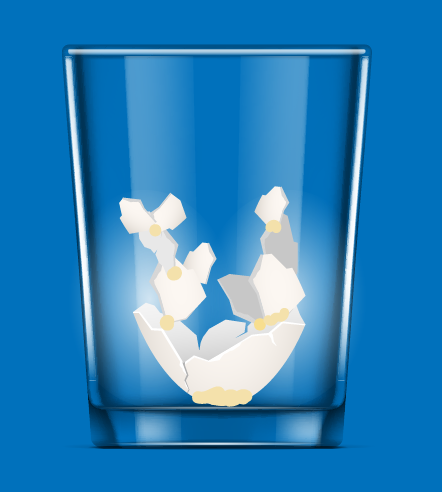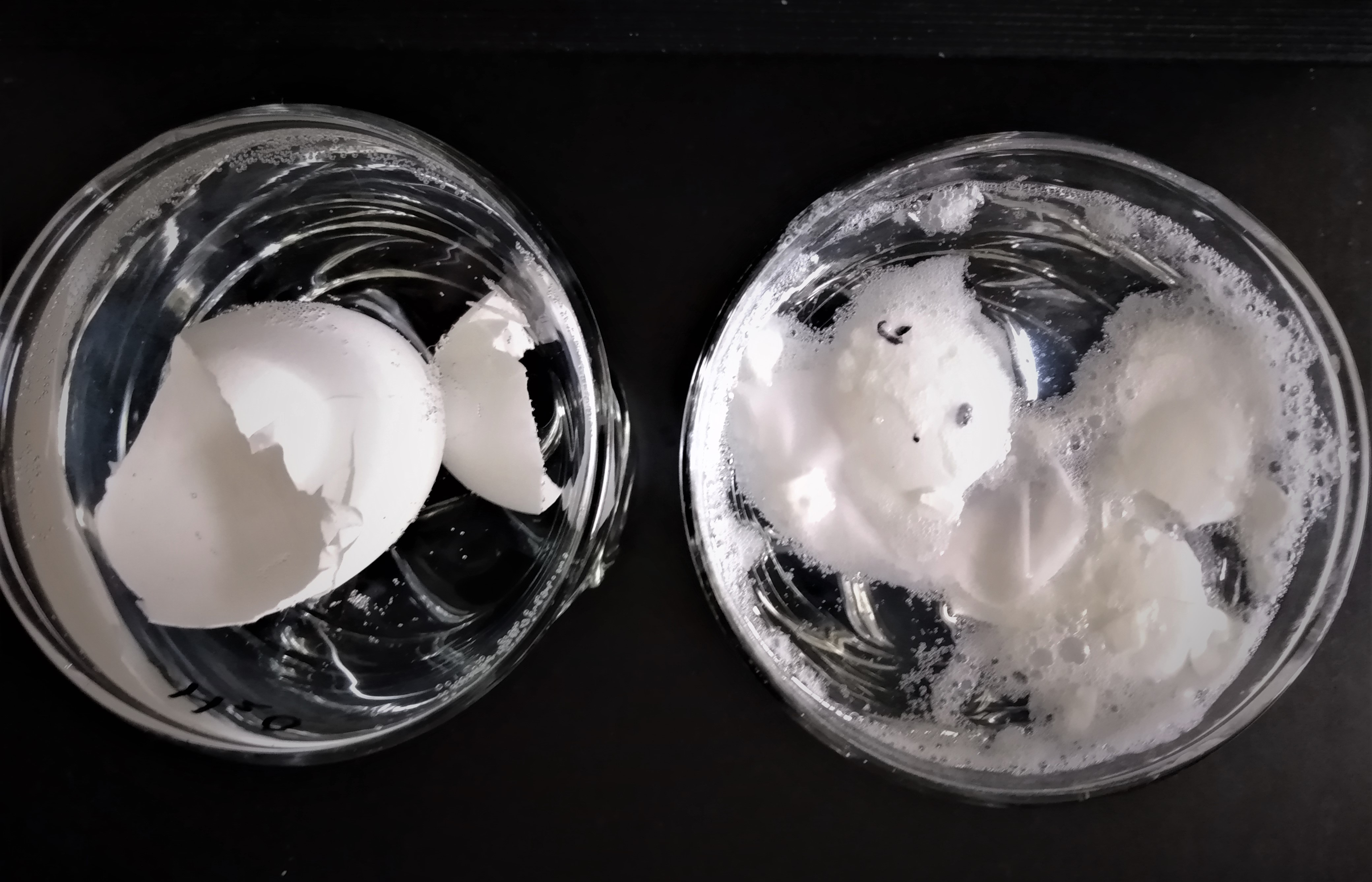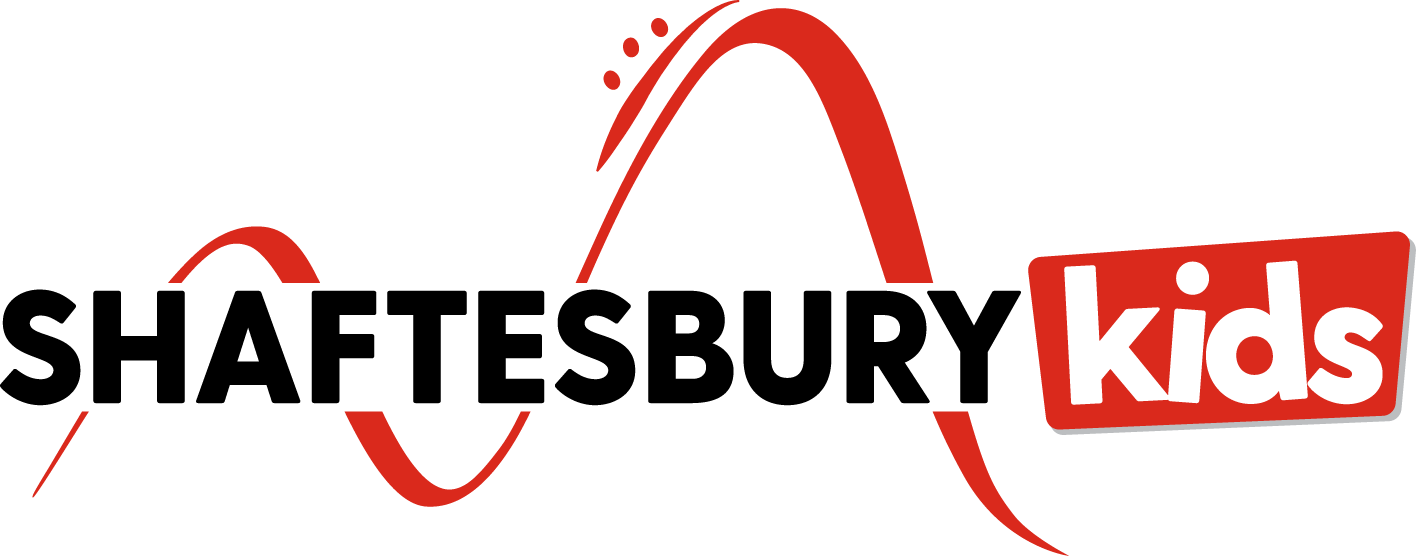The Solutioneers Week 5: Chemical Bonding

Screen shot from Solutioneers episode 5

Screen shot from Solutioneers episode 5
How does this align with my curriculum?
This week's episodes and hands-on activity explore some cool chemistry!
BACK TO THE SOLUTIONEERS HOME PAGE
On this episode of The Solutioneers, Kat shows Gwen an experiment that illustrates how soap bonds with fat molecules using food colouring and heavy milk.
And on Future Minds, David Hewlett speaks with Christina Hanna about her project on redox reactions for economic stability. This project modelled an economic crisis that is looming due to the chemical reactions that are eroding huge pieces of infrastructure across the country.
Now it's your turn!

Chemistry matters! Build your own coral structure out of eggshells and explore the impact that acid can have on undersea creatures!
Download the activity as a [PDF]
WHAT DO YOU NEED?
- 2 eggshells (from eggs that have been used)
- 250 ml (1 cup) water
- 250 ml (1 cup) white vinegar
- 2 transparent cups or small containers
- Hot glue gun and glue sticks
WHAT DO YOU DO?
- Build two small coral-like structures out of used eggshells. Use hot glue to stick the pieces together.
- Glue one structure to the bottom inside each cup.
- Fill one cup with water and the other cup with vinegar.
- Make observations at the start and over time (e.g., 24 hours). Use the chart below to record observations. If you have a camera, you can take pictures of the eggshells as a record of your observations.

| Eggshell in water | Eggshell in vinegar | ||
|---|---|---|---|
|
Time (e.g., 10 a.m.) |
Observations I see.... |
Time (e.g., 10 a.m.) |
Observations I see... |
WHAT’S THE POINT?
Corals are tiny animals that build the structure they live on - the coral reef! The structures are made of layers of calcium carbonate, the same material eggshells are made of.
You probably saw a lot of bubbles in the cup with the vinegar. What made these bubbles? The bubbles are the product of a chemical reaction between the vinegar and the calcium carbonate in the eggshells. This is because vinegar is an acid. Over time the vinegar breaks down the shells.
This same chemical reaction is happening in our oceans. Greenhouse gases make the oceans more acidic. This is called ocean acidification. Since acids break down coral and seashells, these animals could lose the structures that keep them safe.

WHAT ELSE?
Go Further!
- Think like a climate scientist! What if the oceans get warmer? How does the temperature of water affect the coral-like structure? Try the same experiment using warm water and vinegar. Do you have a small shell from your last trip to the beach, try it out!
Check out these cool careers that use chemistry
- Claire Bartman: Quality Analyst (Career Profile)
- Farah Halsaad: Industrial Chemist (Career Profile)
- Krysten Rutherford: PhD Candidate, Oceanography (Career Profile)
Learn More
- What is Acid Rain? (STEM on Context article)
- What is Ocean Warming and Why Does It Matter? (STEM in Context article)
Partner
With over 114 hours of award-winning kids & family programming, including Kids Emmy Award®-winning series Dark Oracle, and the long-running hit series Life with Derek - alongside family movies featuring some of Canada’s best and brightest stars including Tatiana Maslany, Ellen Page and Sandra Oh, Shaftesbury’s growing slate of kids and family co-viewing programming brings fresh content to a new generation of tween and young adult viewers across all platforms.
